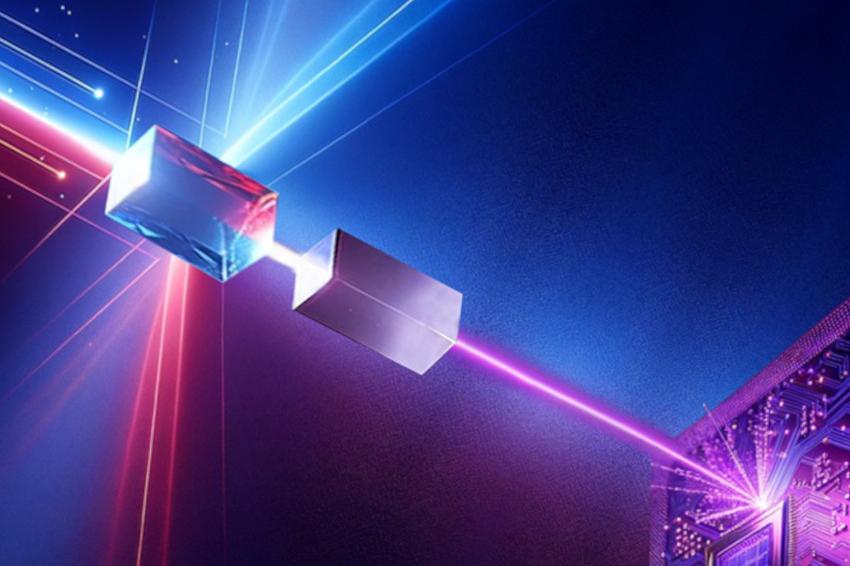Deep ultraviolet laser sets new benchmarks
19.04.2024 - A solid-state laser with narrow linewidth is obtained with two stages of sum frequency generation in LBO crystals.
In the realm of science and technology, harnessing coherent light sources in the deep ultraviolet (DUV) region holds immense significance across various applications such as lithography, defect inspection, metrology, and spectroscopy. Traditionally, high-power 193-nanometer lasers have been pivotal in lithography, forming an integral part of systems used for precise patterning. However, the coherence limitations associated with conventional ArF excimer lasers hinder their effectiveness in applications requiring high-resolution patterns, like interference lithography. Enter the concept of the "hybrid ArF excimer laser." Integrating a narrow linewidth solid-state 193-nanometer laser seed in place of the ArF oscillator achieves enhanced coherence alongside narrow linewidth, thus enabling improved performance in high-throughput interference lithography. This innovation not only boosts pattern precision but also accelerates lithography speed.
Moreover, the hybrid ArF excimer laser's heightened photon energy and coherence facilitate direct processing of various materials, including carbon compounds and solids, with minimal thermal impact. This versatility underscores its potential in diverse fields, from lithography to laser machining. To optimize seeding for an ArF amplifier, the linewidth of the 193-nm seed laser must be meticulously controlled, ideally below 4 GHz. This specification dictates the coherence length crucial for interference, a criterion readily met through solid-state laser technologies.
A recent breakthrough from researchers at the Chinese Academy of Sciences propels this field forward. They achieved a remarkable 60-mW solid-state DUV laser at 193 nm with a narrow linewidth using a sophisticated two-stage sum frequency generation process employing LBO crystals. The process involves pump lasers at 258 and 1553 nm, derived from a Yb-hybrid laser and an Er-doped fiber laser, respectively. This setup, culminating in a small Yb:YAG bulk crystal for power scaling, demonstrates impressive results.
The generated DUV laser, accompanied by its 221-nm counterpart, exhibits an average power of 60 mW, a pulse duration of 4.6 ns, and a repetition rate of 6 kHz, with a linewidth of approximately 640 MHz. Notably, this marks the highest power output for both 193- and 221-nm lasers generated by an LBO crystal, along with the narrowest linewidth reported for a 193-nm laser. Of particular note is the outstanding conversion efficiency achieved: 27 percent for 221 to 193 nm and 3 % for 258 to 193 nm, setting new benchmarks in efficiency values. This research underscores the immense potential of LBO crystals in generating DUV lasers at power levels ranging from hundreds of milliwatts to watts, opening up avenues for exploring other DUV laser wavelengths.
According to Hongwen Xuan, the reported research demonstrates “the viability of pumping LBO with solid-state lasers for reliable and effective generation of narrow-linewidth laser at 193 nm, and opens a new way to fabricate a cost-effective, high-power DUV laser system using LBO.” These advancements not only push the boundaries of DUV laser technology but also hold promise for revolutionizing myriad applications across scientific and industrial domains. (Source: SPIE)
Link: Aerospace Information Research Institute, Chinese Academy of Sciences, Beijing, China







